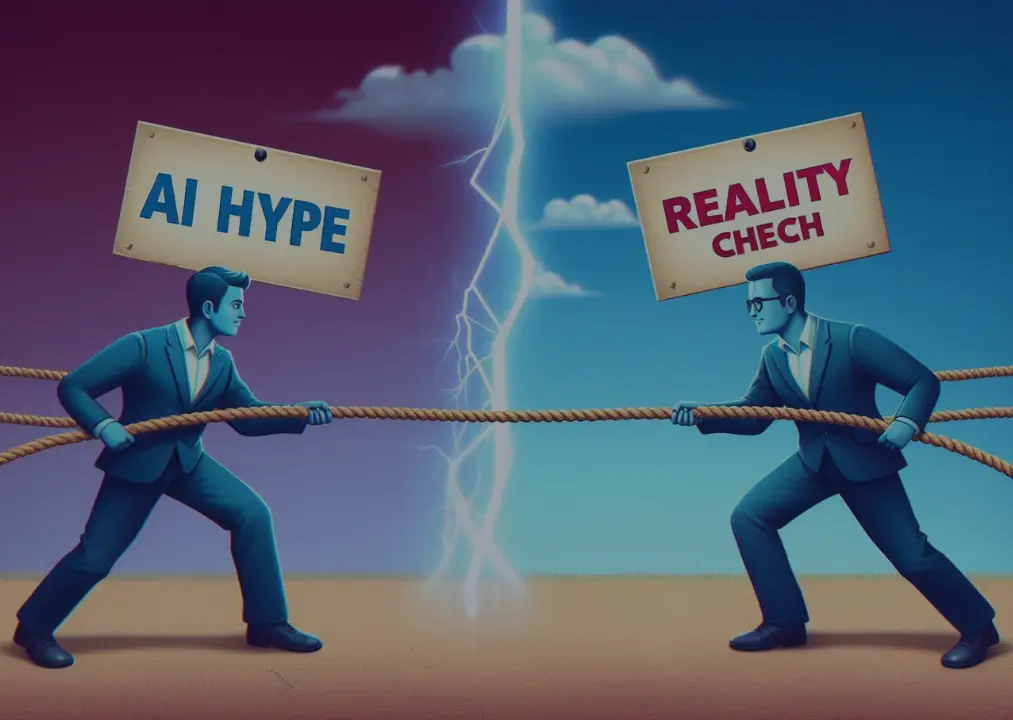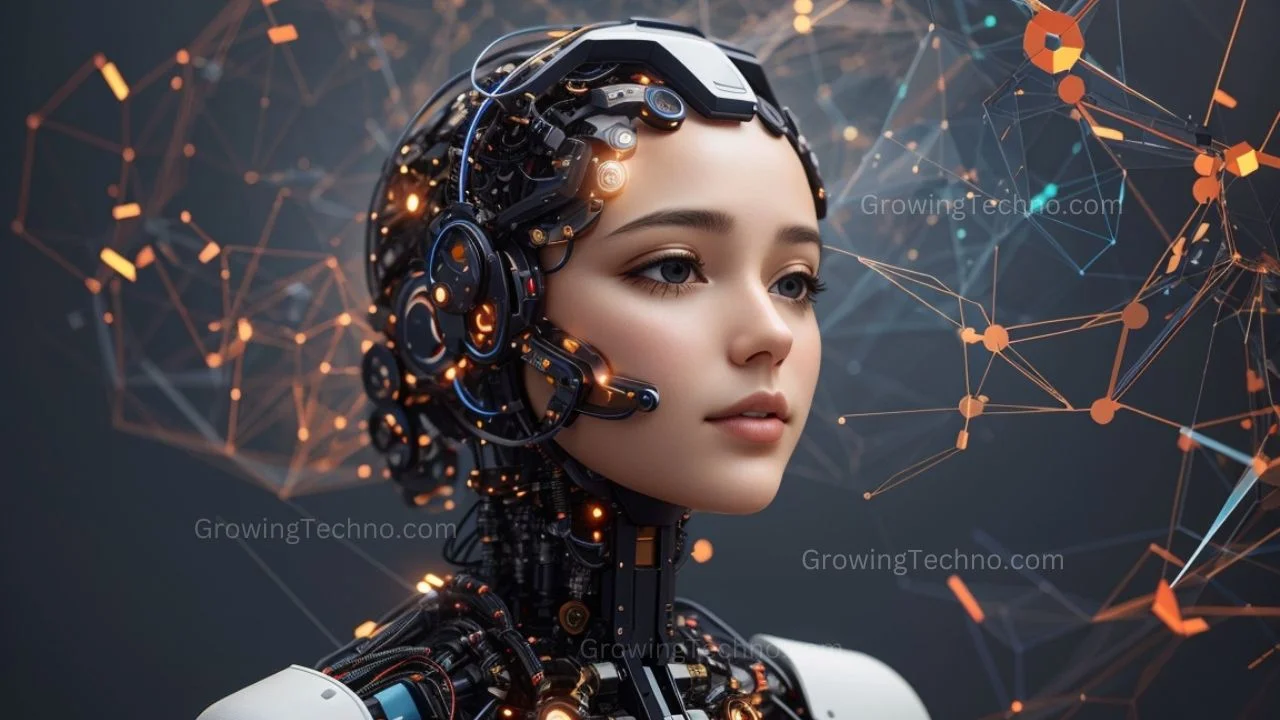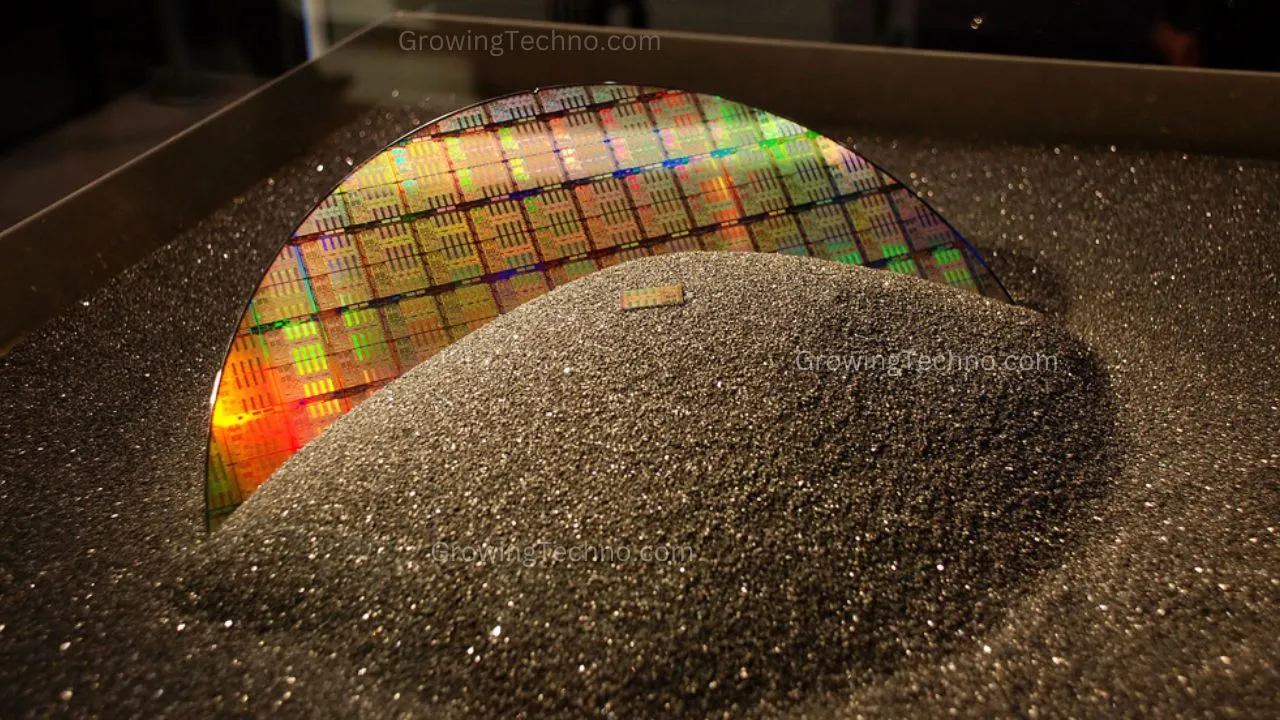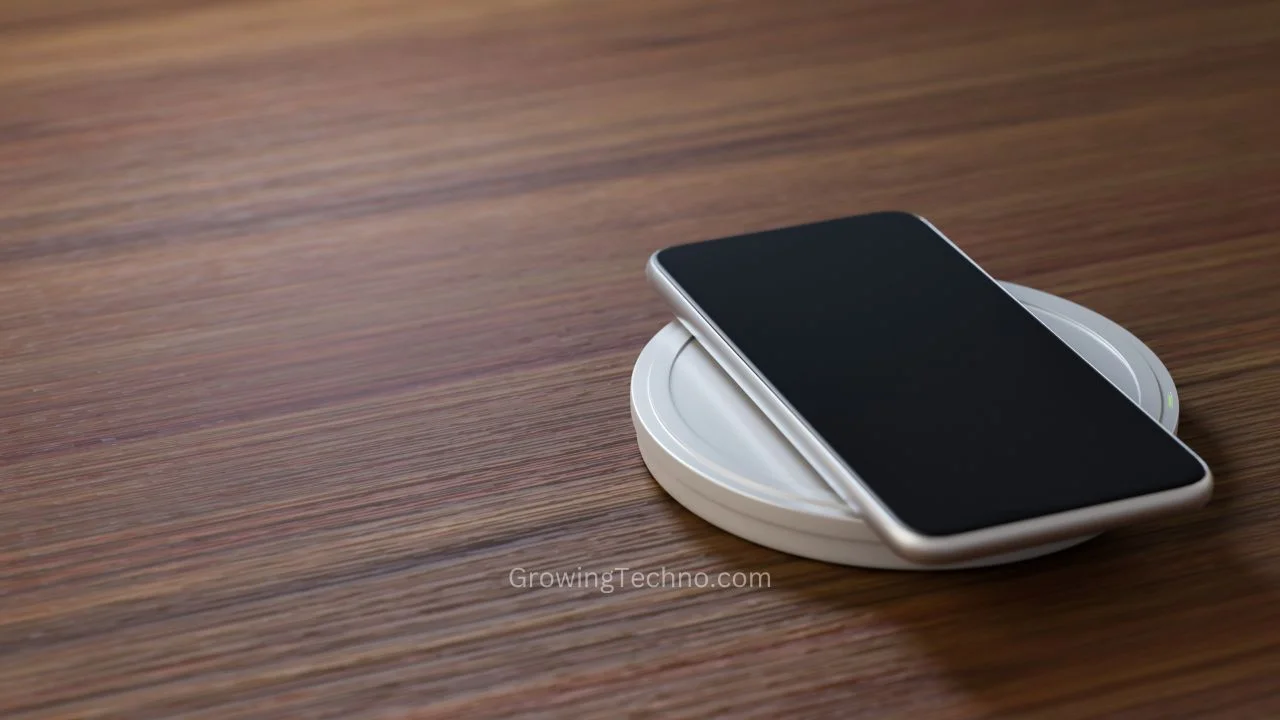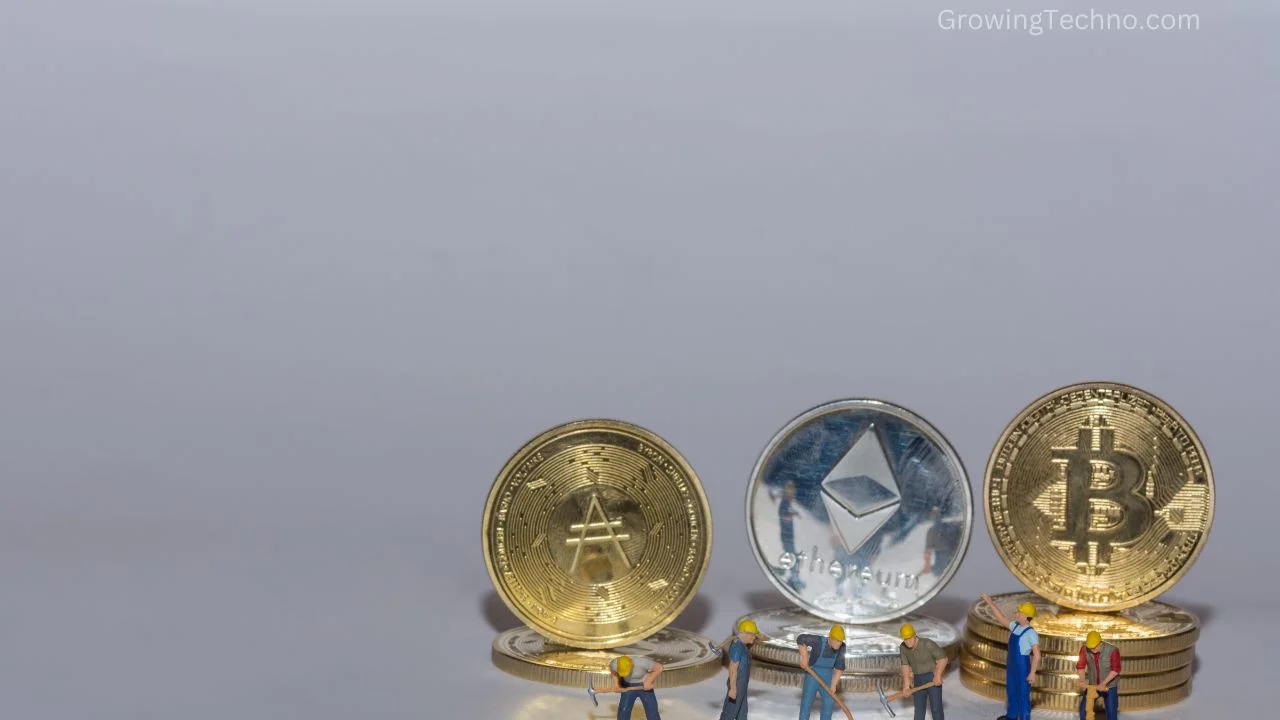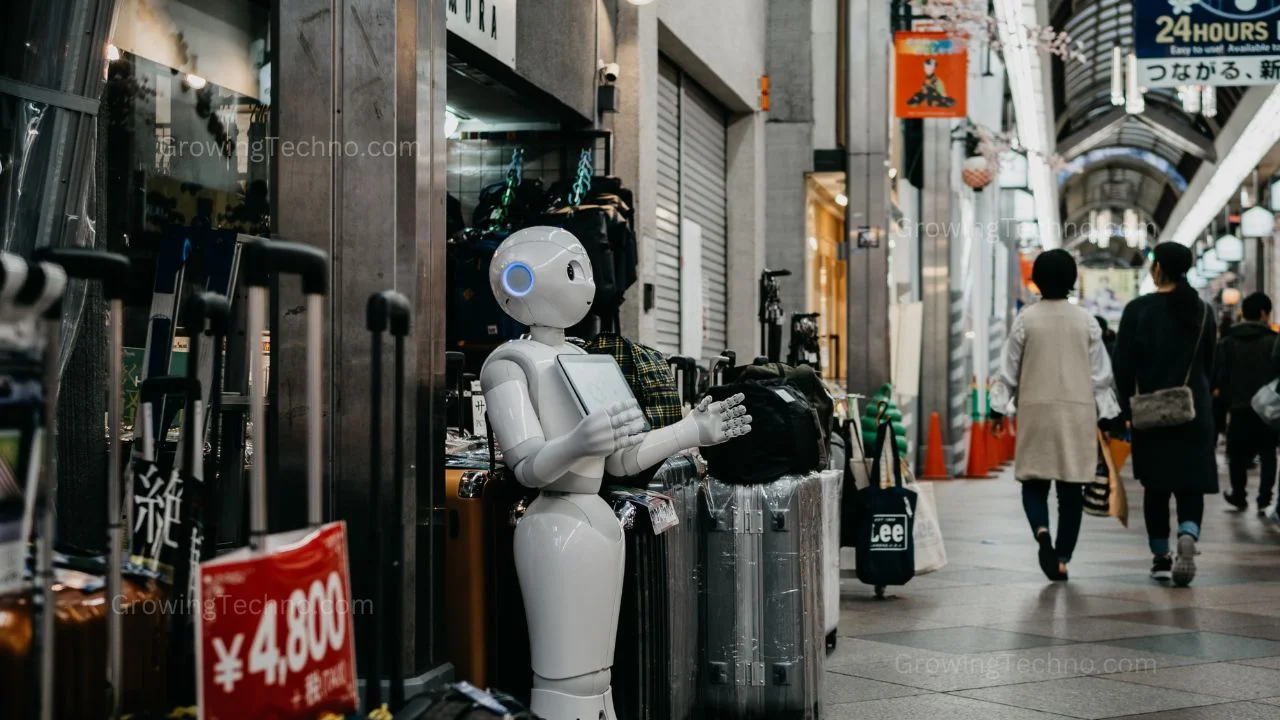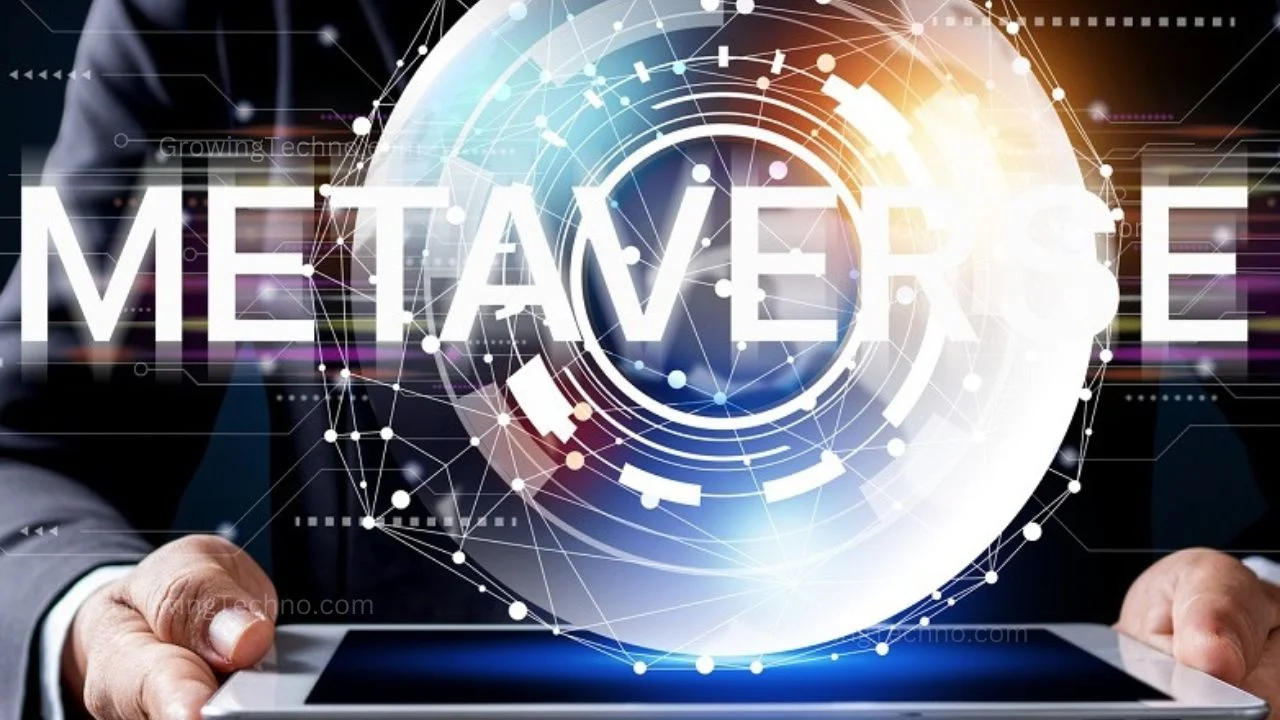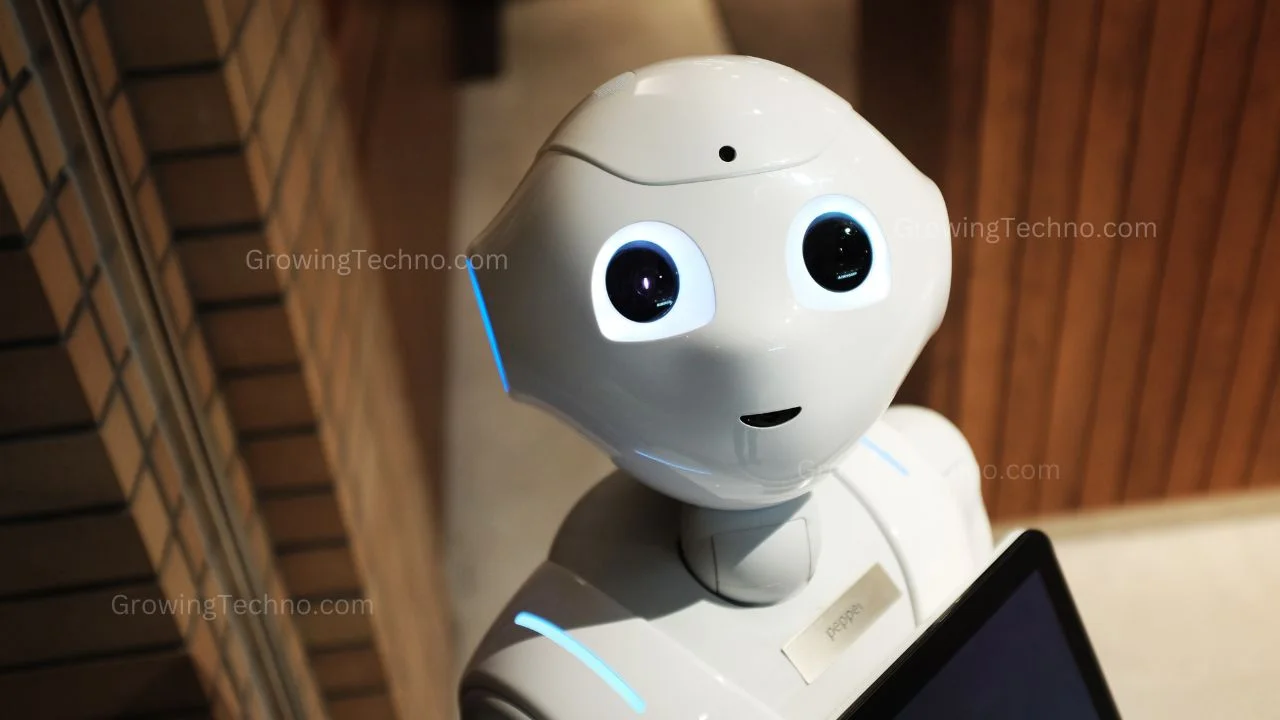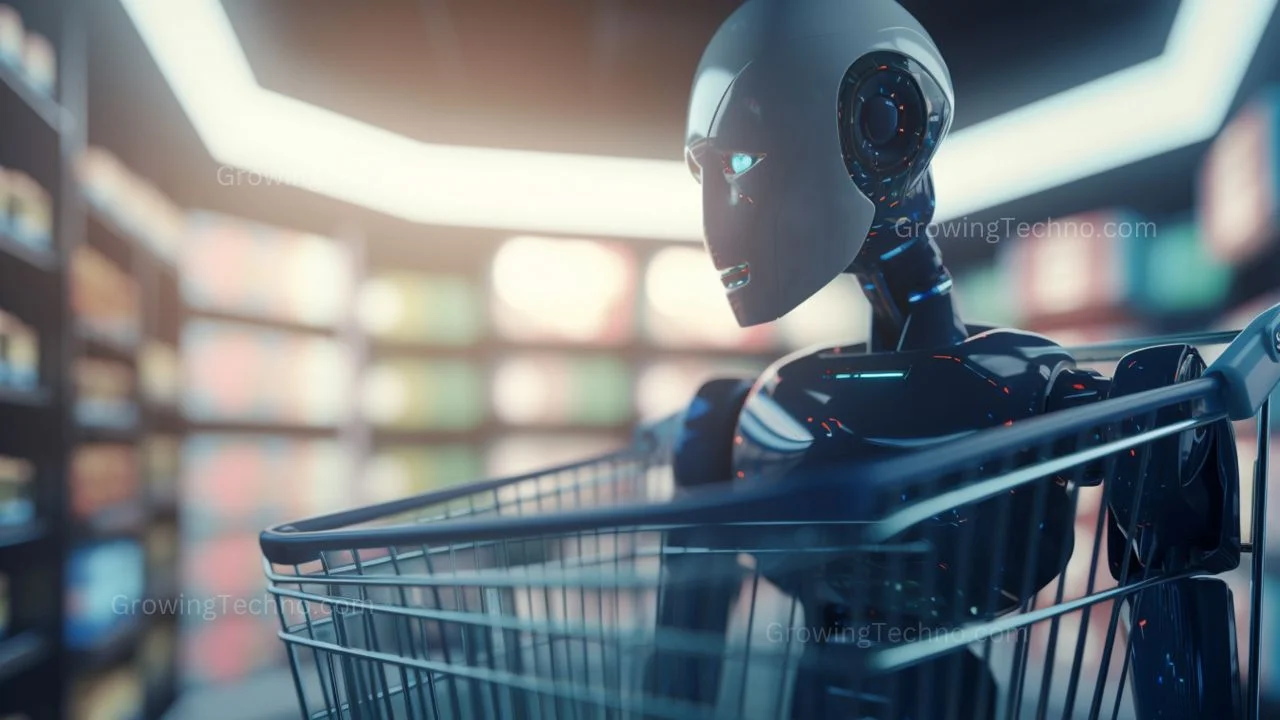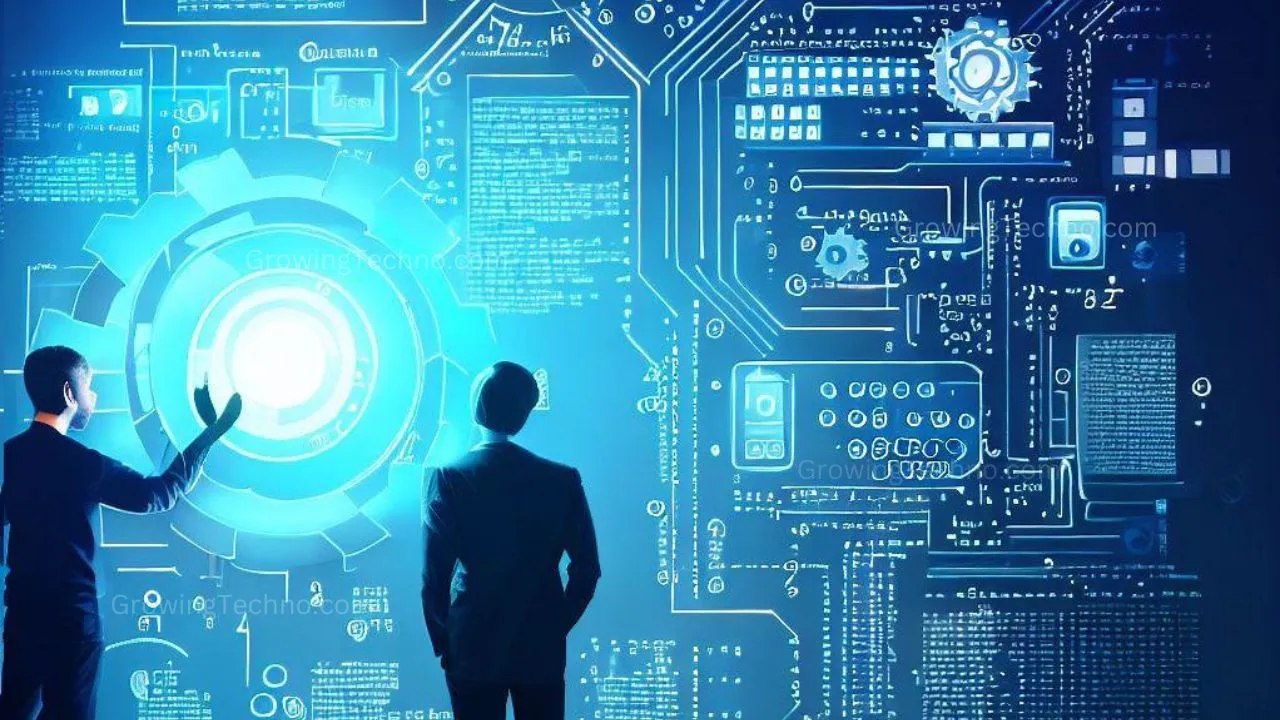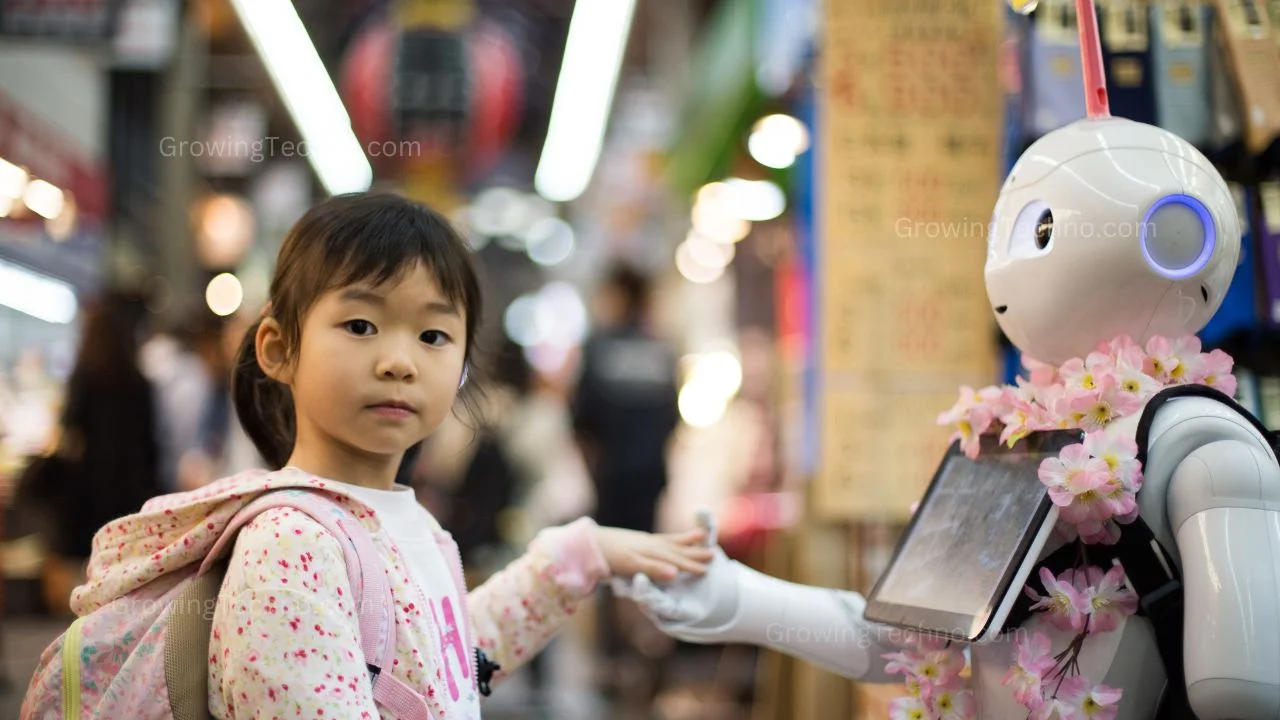
When we think of robots, many of us might conjure up images from pop culture, like C3PO in Star Wars or the Terminator. These iconic portrayals of robots have both fascinated and terrified us, but they’ve also created unrealistic expectations of what robots can do and be. The reality of robotics, however, is far more complex and diverse. The future of robotics holds the promise of transformative changes in various aspects of our lives. In this comprehensive article, we’ll explore the world of robots, from their fundamental definitions to their incredible potential and impact on society.
Understanding Robotics: A Multifaceted Field
To comprehend the future of robotics, we must first establish a foundation for understanding what robotics entails. Robotics is a multidisciplinary field that encompasses the design, construction, and application of robots. These robots are autonomous or semi-autonomous machines that perform tasks typically carried out by humans. It’s important to note that robots come in various forms, from humanoid robots with human-like features to specialized robotic arms found on assembly lines. Their applications range from aiding in surgeries and rescue operations to exploring the most extreme environments on Earth and beyond.
Unpacking the Robot: What Makes a Robot a Robot?
Robots are more than just machines; they have specific characteristics that distinguish them from other devices. Here are some key attributes that define what a robot is:
- Physical Form: Robots have a physical structure composed of mechanical parts. These components enable them to interact with the physical world and perform tasks.
- Power Source: Robots require a power source, usually electricity from batteries or built-in circuitry, to operate their mechanical components and decision-making processes.
- Programmable: All robots are guided by programming and rules that dictate their actions. This programming enables them to execute tasks independently or with minimal human intervention.
Contrary to some common misconceptions, robots are designed with a level of inhumanity, which sets them apart from humans. The differences between robots and humans, both in capabilities and limitations, are central to the future of human-robot interactions.
Diverse Categories of Robots
The world of robotics is incredibly diverse, with robots serving various purposes and roles in different industries. Here are some categories of robots that have made significant contributions to our world:
- Pre-programmed Robots: These robots follow pre-defined commands and cannot alter their behavior during task execution. They excel in repetitive, unchanging tasks.
- Humanoid Robots: Humanoid robots possess physical features that resemble humans, including facial expressions. Their human-like appearance makes them suitable for tasks that require face-to-face interaction with people.
- Autonomous Robots: These robots can perform actions and make decisions independently. They rely on advanced computer systems to perceive and analyze their surroundings.
- Teleoperated Robots: Remote operators control teleoperated robots through wireless systems like Wi-Fi. They are often used in high-risk environments where human presence is hazardous.
- Augmenting Robots: Augmenting robots work in conjunction with the human body, either supplementing an existing ability or replacing a lost one. For example, prosthetic limbs enhance the quality of life for those who have lost a limb.
- Software Bots: While not physical robots, software bots are computer applications that can execute tasks without human intervention, typically in the digital realm.
The Pros and Cons of Robotics
The integration of robotics into various domains carries both advantages and disadvantages. Let’s explore these aspects to gain a comprehensive understanding of the impact of robots on society.
Advantages of Robots:
- Increased Innovation: Robotics drives advancements in various fields due to its interdisciplinary nature. The growth of computing power, necessary for robots, has led to improvements in technologies like smartphones, benefiting society.
- Complementary Support: Robots often complement human workers rather than replace them. Collaborative robots, or cobots, handle repetitive, mundane tasks, allowing human employees to focus on more complex and intellectually engaging work.
- New Job Opportunities: While some jobs may be automated, this creates a demand for professionals to maintain and support robotic technology. This fosters new job opportunities in fields like robot programming and maintenance.
Disadvantages of Robots:
- Privacy and Security Concerns: Robots, especially those powered by artificial intelligence, pose privacy and security risks. These concerns include surveillance, social engineering schemes, and even the potential for physical attacks.
- Skills Gap: The integration of robots into the workforce may require a workforce with skills in robotics and artificial intelligence. This leaves some employees behind, particularly those who can’t afford formal education.
- Job Disruption: Automation by robots can lead to job displacement in certain sectors. Many jobs may be lost as machines become more adept at performing manual labor tasks.
Advances in Artificial Intelligence and Robotics
Artificial Intelligence (AI) plays a pivotal role in the evolution of robotics, enabling robots to mimic human behavior closely. The synergy between AI and robotics results in robots that are more efficient and capable of integrating seamlessly into human environments.
Digital Twins: Engineers employ digital twins to simulate robotic behavior, refine designs, and maximize performance. AI enhances digital twins by providing predictive maintenance alerts and optimizing processes.
Robotic Automation: The development of AI has led to increasing robotic automation. AI-powered robots perform tasks, engage in conversations, and execute actions independently, even flying drones or assisting in surgery.
Smart Cities: The vision of smart cities relies on the integration of AI and robots to enhance educational processes, and optimize waste management.
Generative AI: The emergence of generative AI, inspired by technologies like ChatGPT, opens up possibilities for robots to understand and respond to human language more effectively.
The Future of Robotics: A Promising Horizon
Robotics is advancing rapidly, driven by AI, computer vision, and sensory technologies. Recent developments include robots exploring the depths of the oceans, robots combating viruses, and AI-powered therapeutic robots facilitating communication between caregivers and patients. These robots are becoming more human-like in cognitive abilities, and they’re already working alongside humans in various settings.
Will Robots Steal Your Job?
While robots will transform the workforce and the nature of employment, it’s essential to understand that their impact will be both transformative and disruptive. The transition to a more automated world may displace some jobs but also create new roles in robotics and AI. For those who acquire the skills necessary to support these technologies, opportunities for highly skilled and innovative careers are on the horizon.
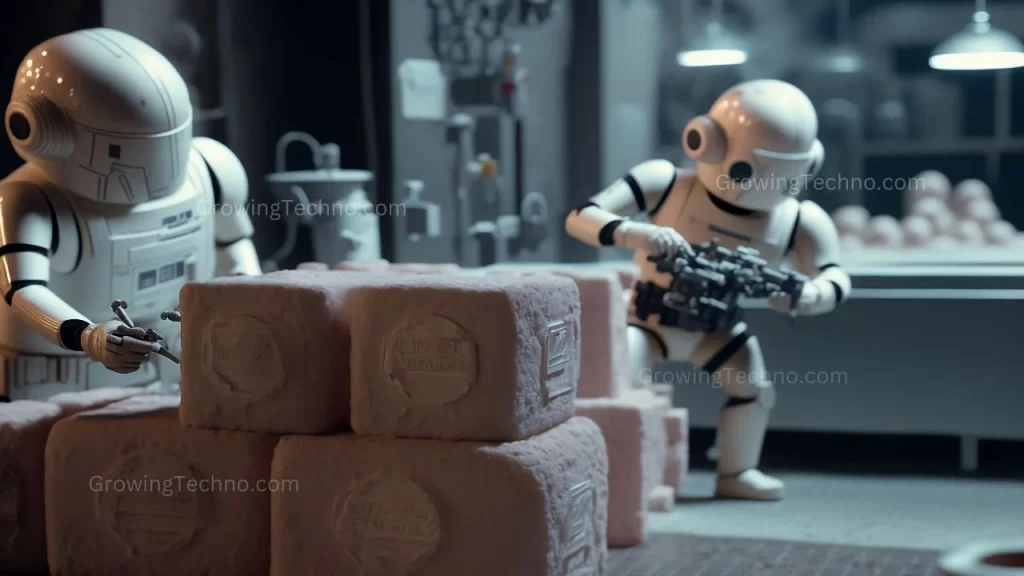
Soft Robotics Gains Momentum
In the quest to make robots more dexterous and human-like, researchers are exploring the realm of “soft robotics.” These robots aim to mimic human motion and physical reactions more closely. Inspired by the flexibility and adaptability of biological muscles, researchers have developed soft actuators that enable robots to exhibit fluidic movements and bursts of power. Such technology not only enhances industrial applications but also holds the potential to improve the quality of life for those requiring prosthetic limbs.
The Rise of Humanoid Robots
Humanoid robots, which share some resemblance with humans, are gaining traction. They find applications in various industries, from hospitality to customer service. Even in the realm of home robotics, humanoid robots are being explored as companions and helpers. While these humanoids may not replace human workers, they are likely to become a common sight in commercial and customer-facing settings.
Impact of AI and Robotics on Different Industries
AI and robotics have made a significant impact on various industries, changing the way tasks are performed and enhancing productivity and efficiency. Some notable sectors influenced by these technologies include manufacturing, healthcare, logistics, customer service, hospitality, travel, aerospace, energy, education, and lifestyle.
What Does All This Mean for Humans?
The rise of AI and robotics is poised to reshape society profoundly, generating both optimism and apprehension. These technologies have the potential to simplify daily tasks, improve workplace operations, and contribute to the development of smarter, more sustainable cities. While some jobs may be automated, others will be created in the fields of robotics and AI. Humans and robots are likely to coexist in partnership, making the world a more efficient and safer place.
Nevertheless, the adoption of AI and robotics presents challenges. Job displacement, concerns related to data privacy, and the rapid evolution of technology create vulnerabilities. However, it’s undeniable that AI and robotics are here to stay. As these technologies continue to evolve, society needs to adapt to a world where robots and AI are integral components of everyday life.
In conclusion, the future of robots and robotics holds immense potential for both positive transformation and disruption. Society will experience changes in the way work is performed, with robots becoming valuable partners in various industries. As AI and robotics continue to advance, the key is to focus on upskilling and preparing the workforce for a future where human-robot collaboration becomes the norm. The coexistence of humans and robots offers an exciting horizon filled with innovation and opportunities for those ready to embrace this technological evolution.


